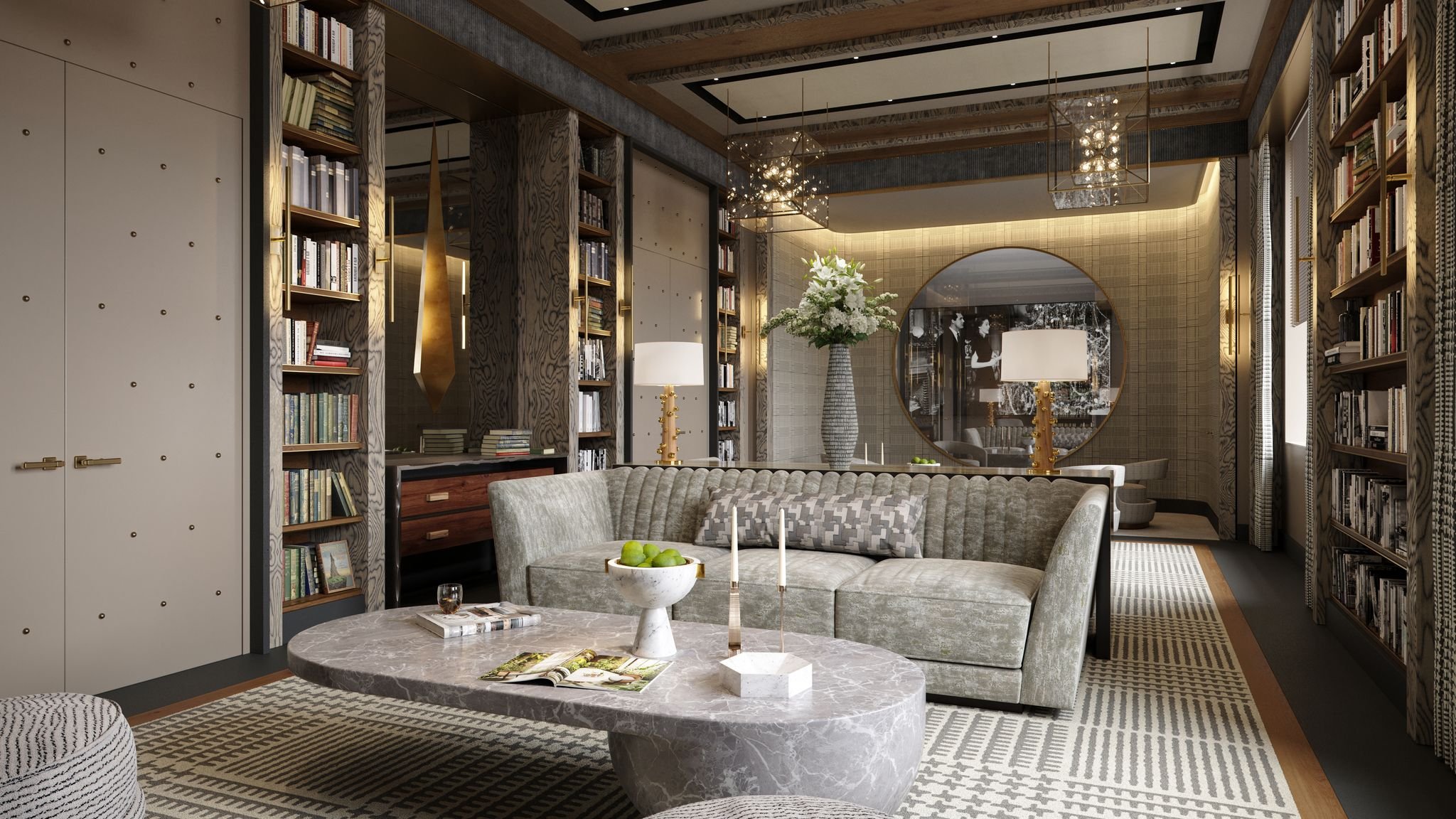The Role of Green Spaces in Enhancing Urban Property Appeal
Research conducted by Professor John L. Crompton from Texas A&M University reveals that properties adjacent to parks can experience an upsurge in value, sometimes by up to 20%. This phenomenon is not exclusive to properties immediately next to parks but extends to those in the vicinity, indicating a broader economic implication than previously understood. Such data underscore the tangible benefits that green spaces confer on urban real estate, aligning with findings from empirical studies centered on urban centers like New York City and Boston. These studies highlight that large-scale green spaces such as Central Park and the restoration projects like Boston's Big Dig have not only elevated property values in their surrounding areas but also spurred economic revitalization.
Further affirmation of the economic impact of green spaces on property values emerges from a systematic review, pinpointing an increase in both rental and resale rates for properties near urban greenery. This enhancement in property appeal, attributable to the adjacency to green spaces, offers insight into the valuation dynamics that favor urban areas integrated with natural landscapes. Moreover, a specific analysis in Singapore meticulously quantified this impact, revealing that a 1% increase in greenery within a 1.5 km radius of a property could result in valuation increases, notably for flats located within 200m to 1 km from green spaces, showcasing a tangible uptick in value by up to $883.
The broader economic benefits of green spaces extend beyond property valuation, contributing to local economies by attracting businesses, increasing tourism, and thereby bolstering local employment and services. Notably, cities like Ottawa exemplify the economic growth and augmented tax revenue directly attributable to strategic integration of green spaces into urban planning.
Health, Aesthetic, and Community Attributes of Green Spaces
The health benefits associated with green spaces comprise an integral part of their appeal. Research indicates a link between green spaces and improved cardiovascular health markers, alongside a reduced incidence of specific diseases. These health advantages render properties near such green areas particularly attractive to health-conscious buyers, underlining a direct correlation between urban greenery and property appeal.
The visual and aesthetic allure of green spaces also plays a vital role in enhancing property desirability. The presence of parks, gardens, or tree-lined streets significantly heightens the attractiveness of properties to potential buyers and renters, offering a visual enhancement that contributes to the overall appeal of urban real estate. This aesthetic appeal, when coupled with the reduction in the urban heat island effect facilitated by green spaces, crafts a more appealing environment during warmer months, especially in densely built-up areas where such effects are most pronounced.
Community and social benefits derived from green spaces further increase their value to urban dwellers. Parks and green spaces act as communal hubs that foster social interactions and community events, enriching the social fabric of neighborhoods. Additionally, the proximity to green spaces has been associated with improved mental health outcomes, including lower stress rates, contributing to a higher quality of life for residents. These various benefits collectively underscore the importance of green spaces in creating desirable living environments within urban settings.
Innovative Urban Planning and Its Role in Property Value Enhancement
The integration of green spaces into urban planning exemplifies a forward-thinking approach to city development. Innovative urban planning strategies, which prioritize the inclusion of green spaces, have proven to result in economic growth and increased tax revenue. Such outcomes are vital for understanding the long-term financial and community well-being benefits of incorporating greenery into urban environments.
In this context, considering the impact of green spaces on property values and urban appeal, tools like a home value calculator become indispensable for property owners and potential buyers. These tools provide insights into how proximity to green spaces can influence property valuations, offering a practical approach to understanding real estate dynamics in urban settings.
The Bottom Line
Analyzing the multitude of benefits associated with urban green spaces — from economic advantages like increased property values and local economic boosts, to health improvements and aesthetic enhancements — it is evident that green spaces are invaluable assets to urban environments. Their ability to mitigate the urban heat island effect, while simultaneously providing social and community advantages, highlights the comprehensive role green spaces play in enhancing urban property appeal. The cumulative evidence from various studies demonstrates a clear link between urban green spaces and an array of benefits that extend well beyond mere property value increases, encompassing health, aesthetic, and community welfare improvements. This impact underlines the importance of thoughtful integration of green spaces into urban planning and development strategies, ensuring the sustained attractiveness and vivacity of urban areas.





